Grace Darling Museum
This museum honors the young maritime hero who became an unexpected Victorian-era celebrity.
The RNLI Grace Darling Museum tells the story of a young woman from Northumberland, England, and how the events of one night changed her life forever.
Darling was born in November 1815, the seventh of nine children. Her father was a lighthouse keeper on Brownsman Island, one of the Farne Islands off the North East coast of England. In 1826, Darling and her family moved to the Longstone Island lighthouse.
Life on the island was difficult and weather unpredictable. Many of Darling’s siblings moved away from the island as they grew up, but she continued to help her father maintain the lighthouse. He taught her to identify various ships that would pass up and down the coast. She developed an expert knowledge of tides and how to identify changes in the sea and local climate.
Darling’s ability to read the horizon was soon put to use. On the night of September 7, 1838, the steamship Forfarshire, heading from Hull to Dundee, battled through gale force winds. A problem with one of the vessel’s boilers had caused it to shut down. The ship drifted in the pitch black night in high seas. The captain attempted to make for a distant light, which he believed was the safe, calmer water of Inner Farne Island. But his calculations were wrong, and the light was, in fact, Longstone, which was surrounded by jagged rocks. At 4 a.m., the Forfarshire struck rocks one mile from the island. Some of the crew escaped in a lifeboat, leaving the passengers to their fate.
Darling had been unable to sleep that night, instead watching the storm rage through her bedroom window on Longstone Island. She noticed a black shape on the rocks some distance from the lighthouse. Looking through a telescope, she realized a ship had been wrecked. She ran to notify her father and pleaded with him to take out their small “coble” boat and look for survivors.
At first, her father was doubtful that they would survive, but he could not go out alone, so with Darling, he launched the boat and began rowing through the storm in the direction of the wreck. After rowing for nearly a mile in mountainous seas, they reached some survivors clinging to the rocks. With tremendous physical effort, Grace kept the boat steady against the waves, spray, and roaring wind while her father jumped onto the rocks and began helping survivors into the boat. Hours later, they reached the relative safety of Longstone Island as the storm began to abate. In all, nine people were rescued from the wreck of the Forfarshire by Darling and her father.
The news of the rescue captured the public imagination and the story quickly spread like wildfire. Darling was seen as a hero and received donations and gifts. She was even sent £50 by the young British Queen Victoria as a token of her esteem.
After the simple and relatively uncomplicated life Darling had lived prior to this, she was quickly overwhelmed by requests for her signature, locks of hair, or even snippets of the dress she had worn on the night of the rescue. She had become a worldwide celebrity.
At first, Darling refused to leave the lighthouse. Her personal privacy was steadily eroded and the unwanted attention began to affect her health as demands for personal appearances became more intense. She began to withdraw into herself.
In ill health, she moved away from her cherished life on the island at Longstone because of the constant unannounced visits and boat trips trying to catch a glimpse of her. Unlike today’s modern-day celebrities who are protected by security and PR machines, Darling had none of this. She moved to a house in Alnwick on the mainland. Her health was deteriorating and she was diagnosed with tuberculosis. Mentally and physically exhausted by the uninvited changes to her life, Darling died at the age of 26 on October 20, 1842, in her father’s arms.
She is buried in the churchyard opposite the museum dedicated to her life and memory. The museum contains many items from the wreck of the Forfarshire and gives a fascinating account of what life was like for Darling growing up on the islands in the 19th century as well as items that celebrated her heroic actions that catapulted her to worldwide fame.
Know Before You Go
The Grace Darling Museum is situated in Bamburgh village, Northumberland. It's opposite St Aidan's church. The museum is free but donations are gratefully accepted (donations contribute to the Royal National Lifeboat Institute). It's open daily.


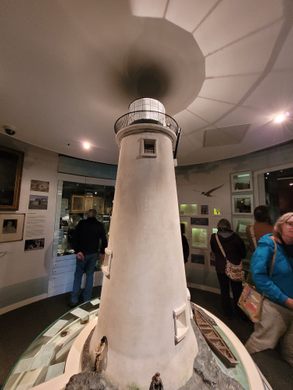
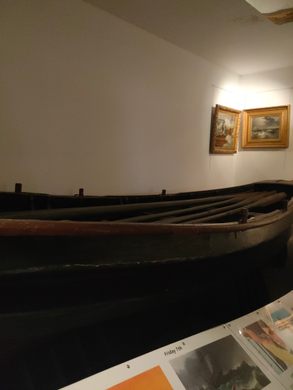



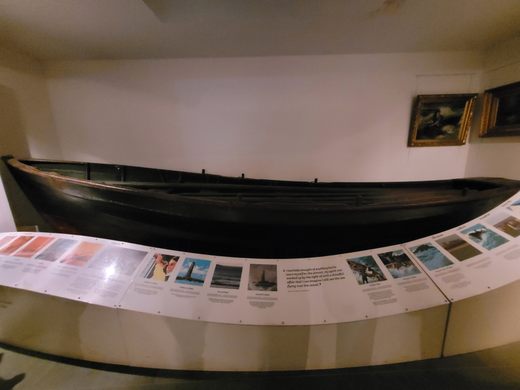





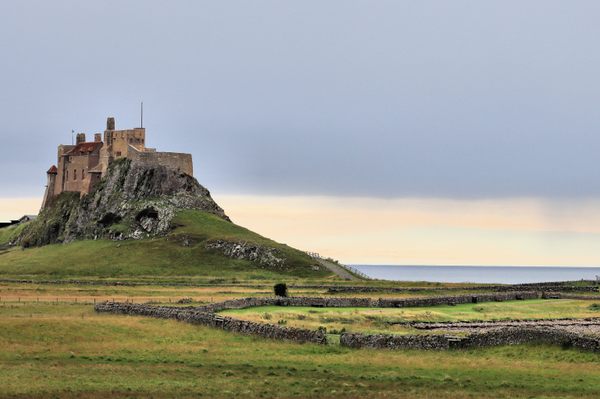





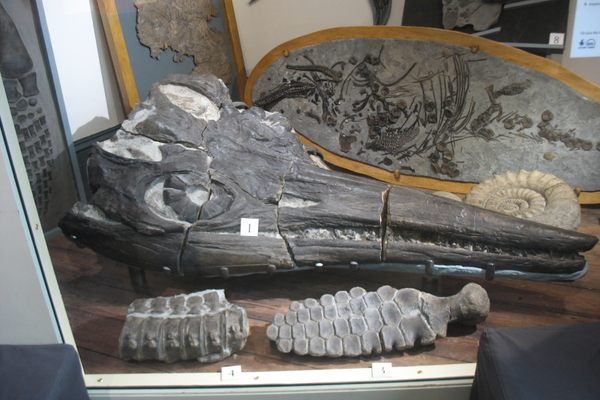

Follow us on Twitter to get the latest on the world's hidden wonders.
Like us on Facebook to get the latest on the world's hidden wonders.
Follow us on Twitter Like us on Facebook